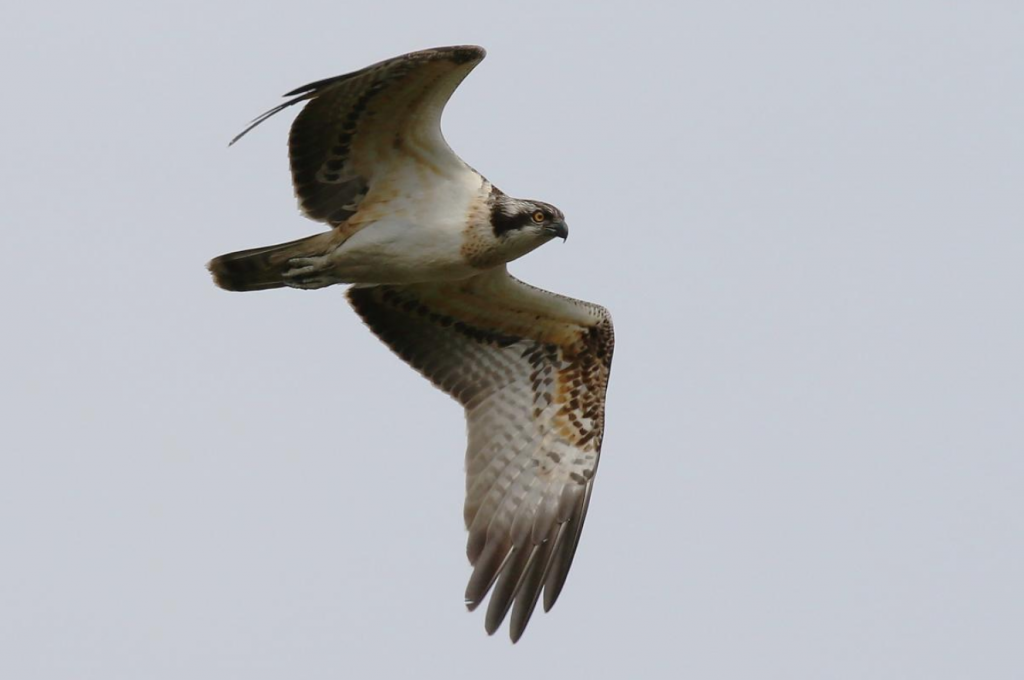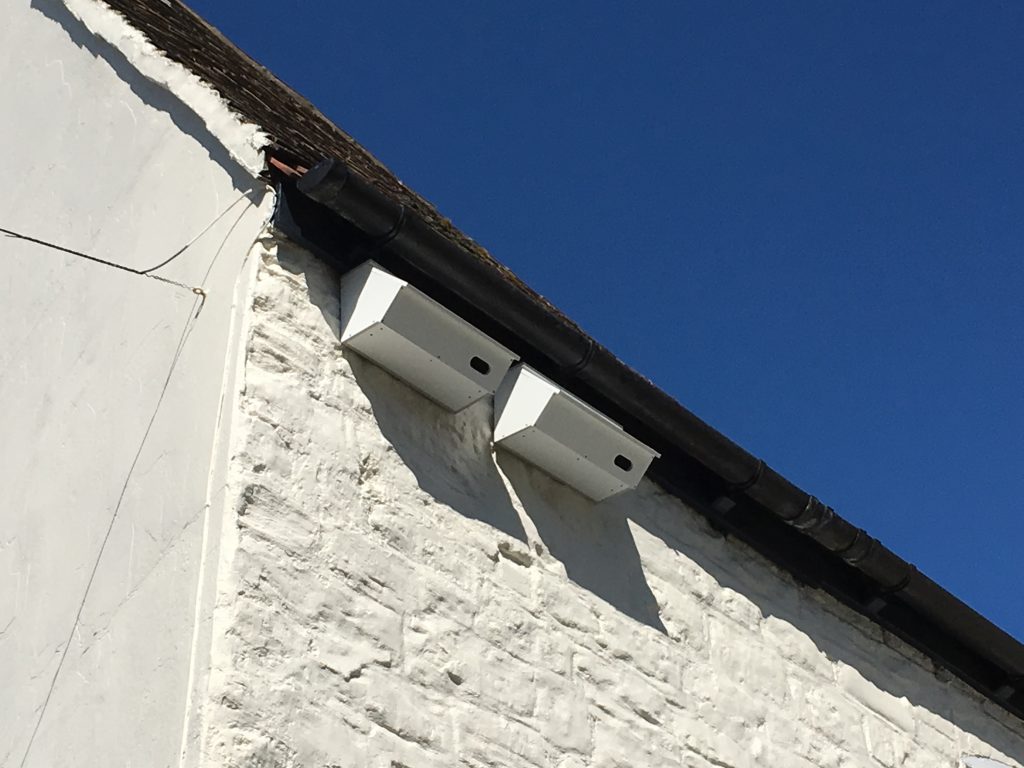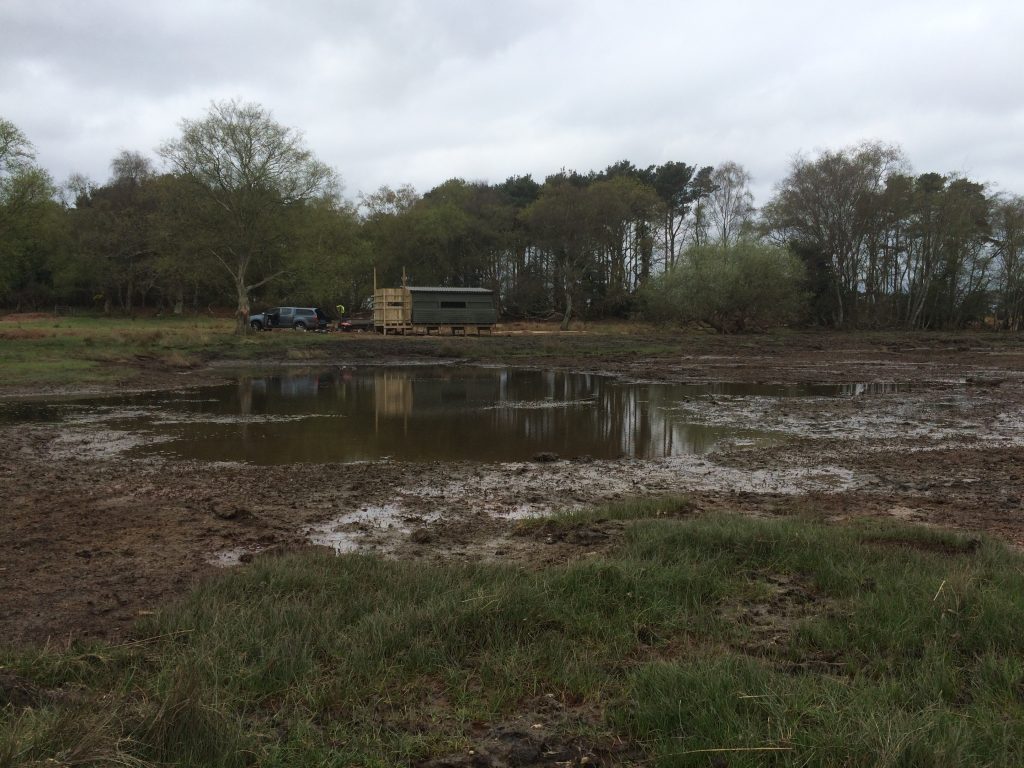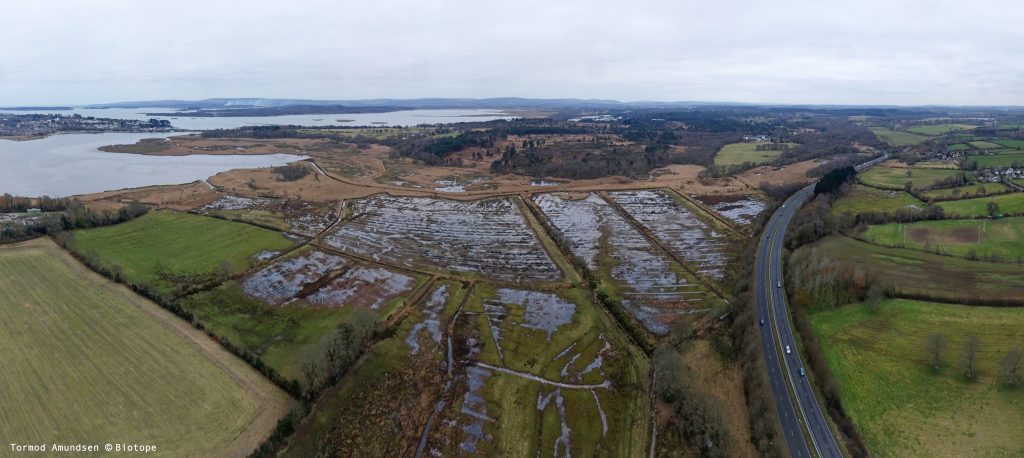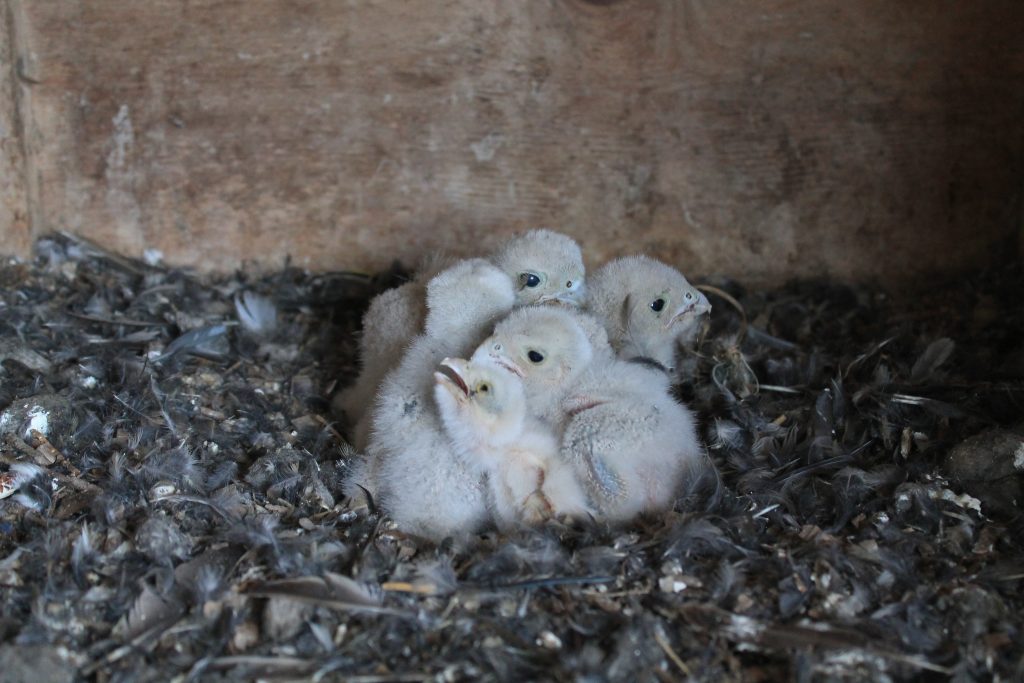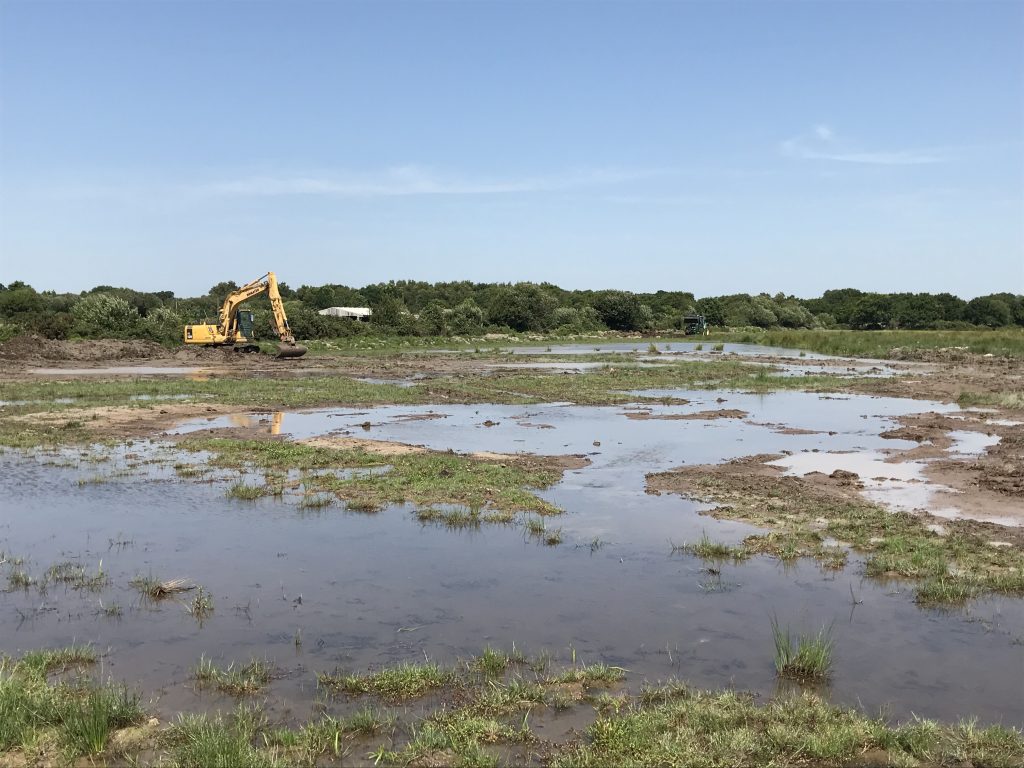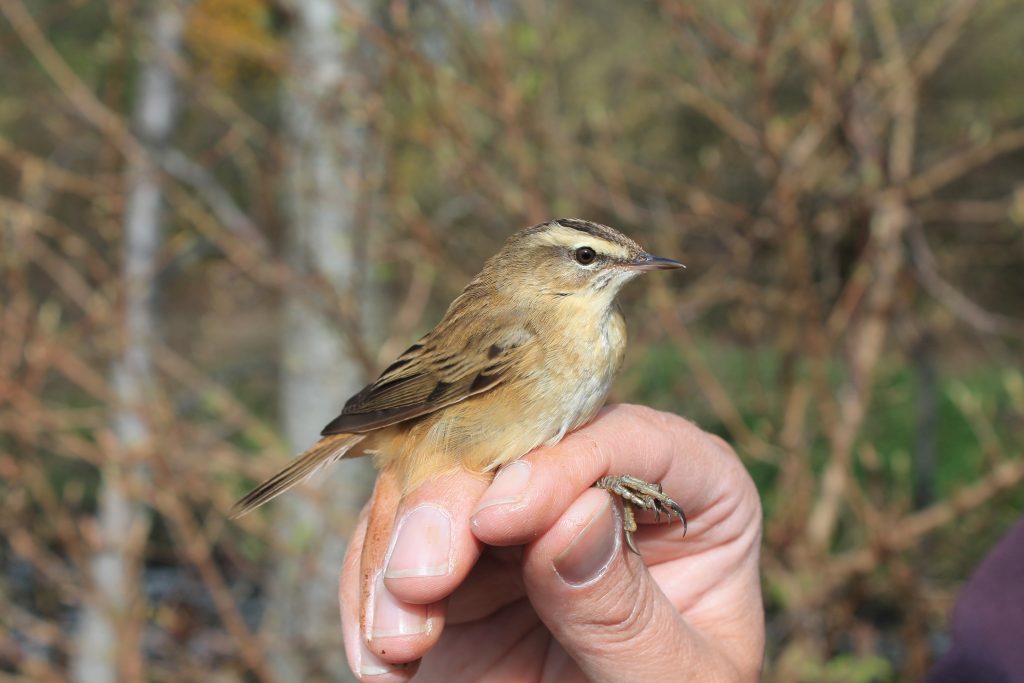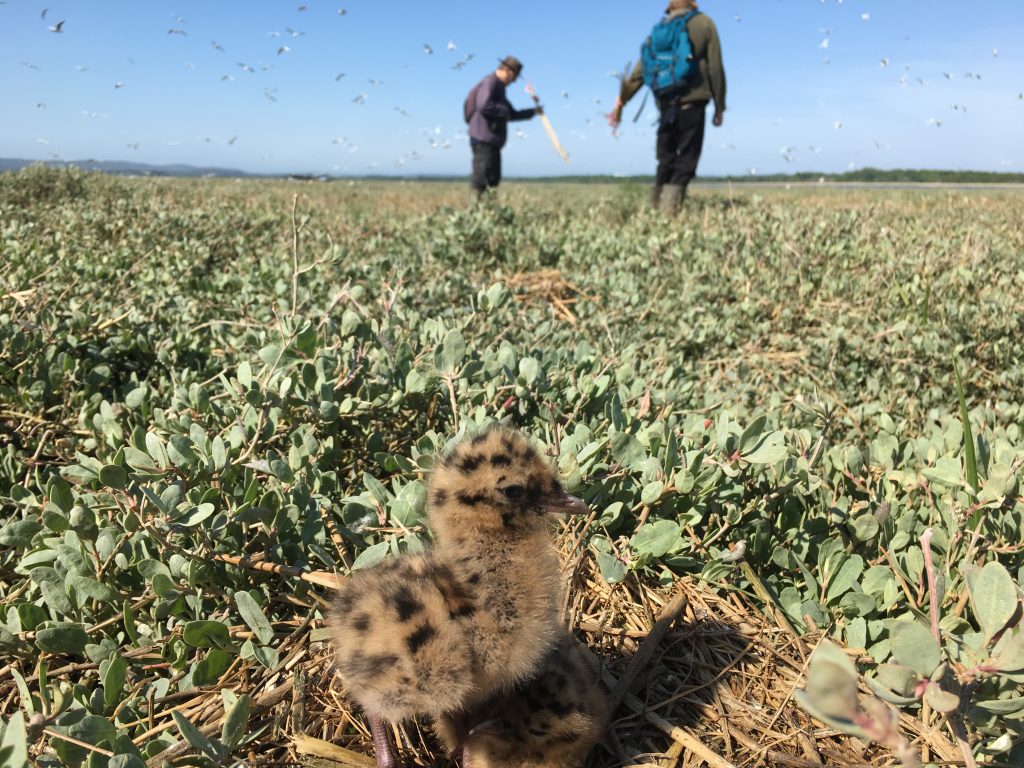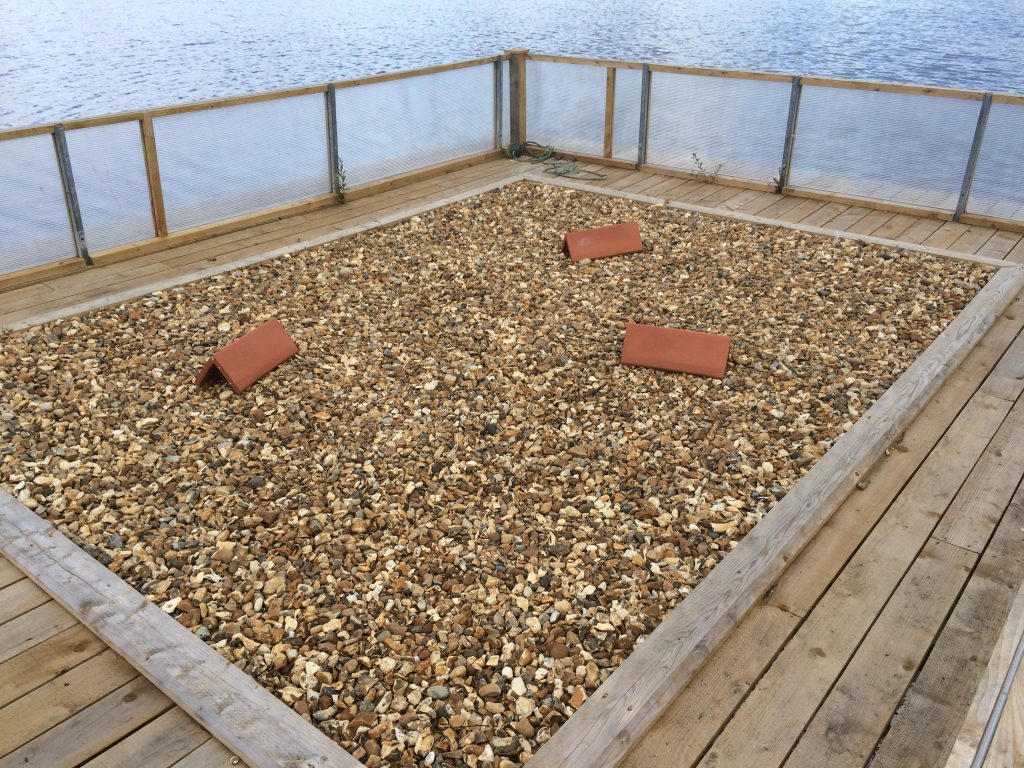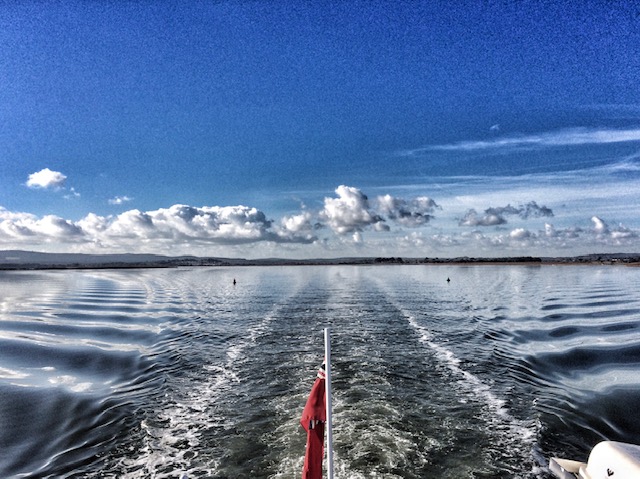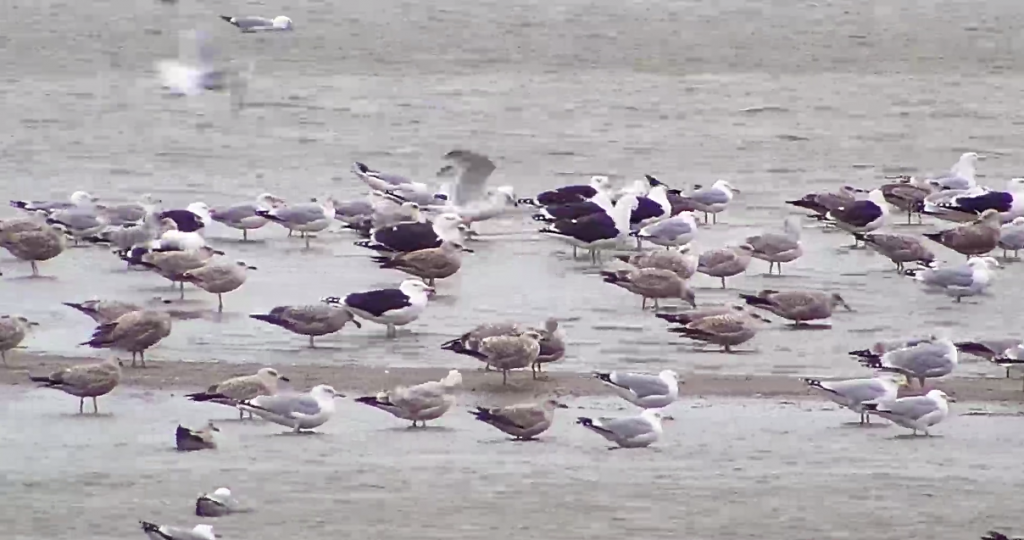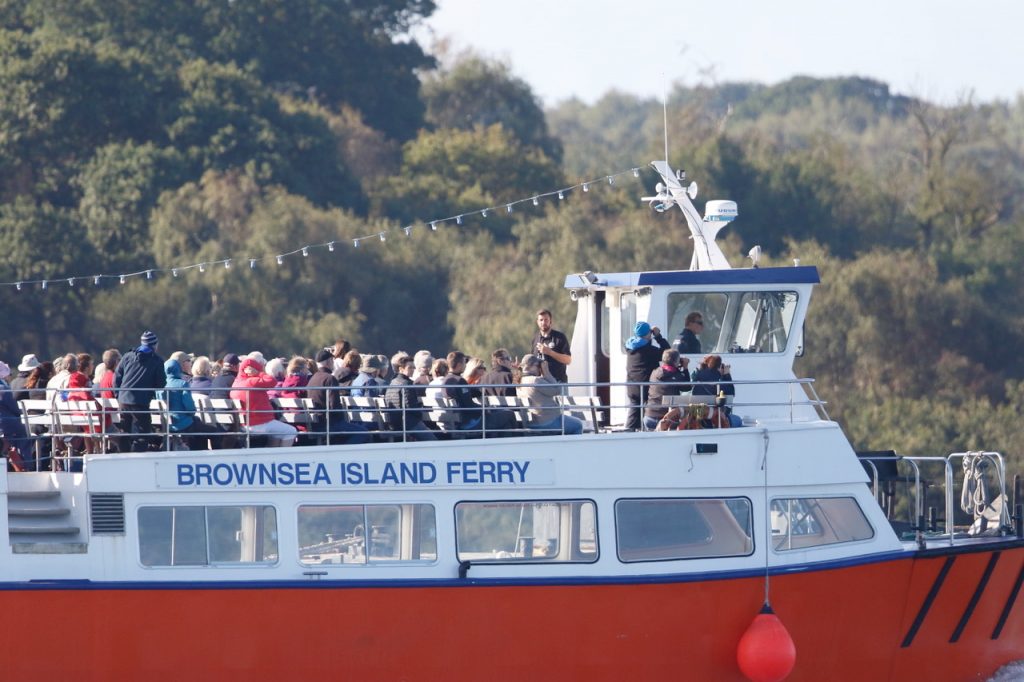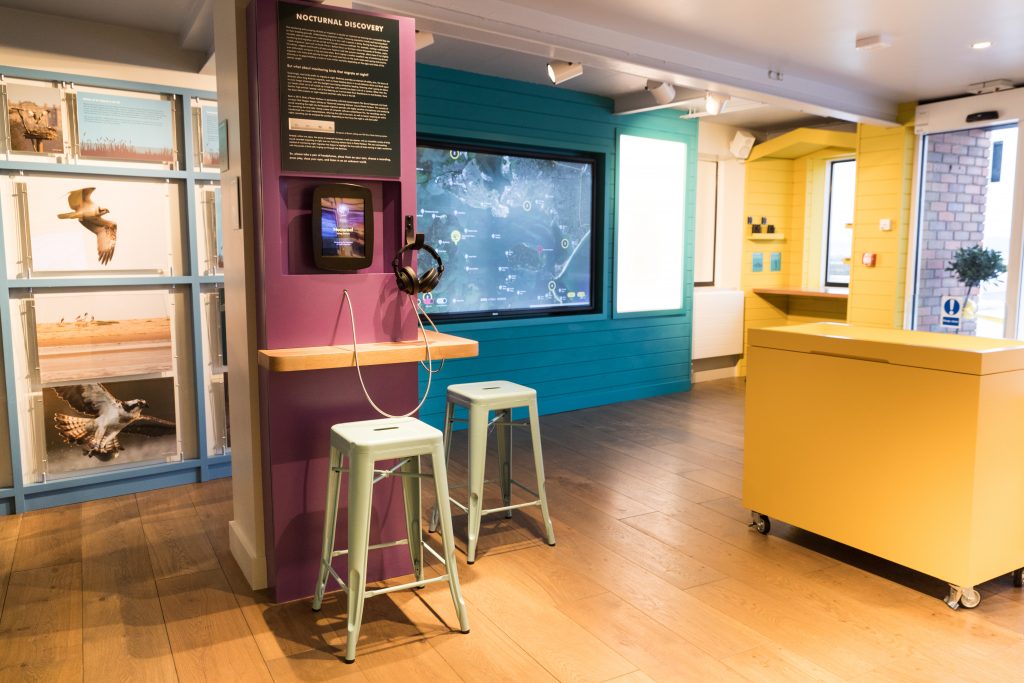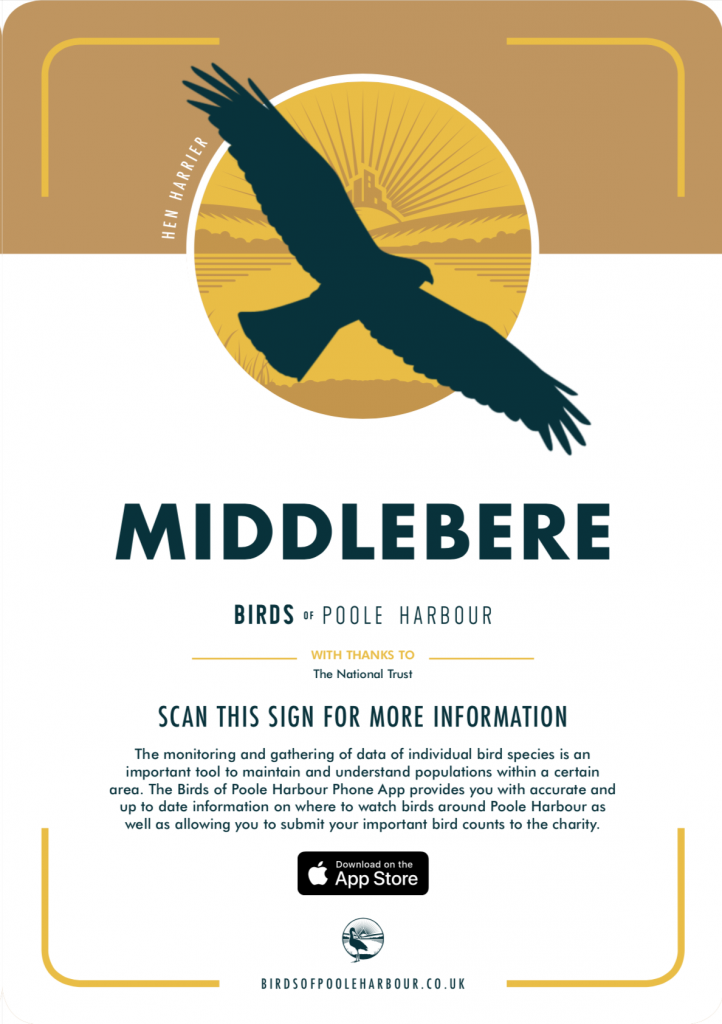In 2017, Birds of Poole Harbour partnered with the Roy Dennis Wildlife Foundation to start a Osprey Translocation Project within Poole Harbour in an effort to re-establish a south coast breeding population of Osprey having been absent for nearly 200 years. This will be an exciting project for Dorset and will hopefully see the local community get behind seeing these birds back in our landscape as a breeding species. This follows the success of a similar project at Rutland Water, which established a population in the Midlands, as well has forming the foundations of the Welsh population. Discover recent updates and more about this project, as well as how you can help on our Osprey Project Page.
